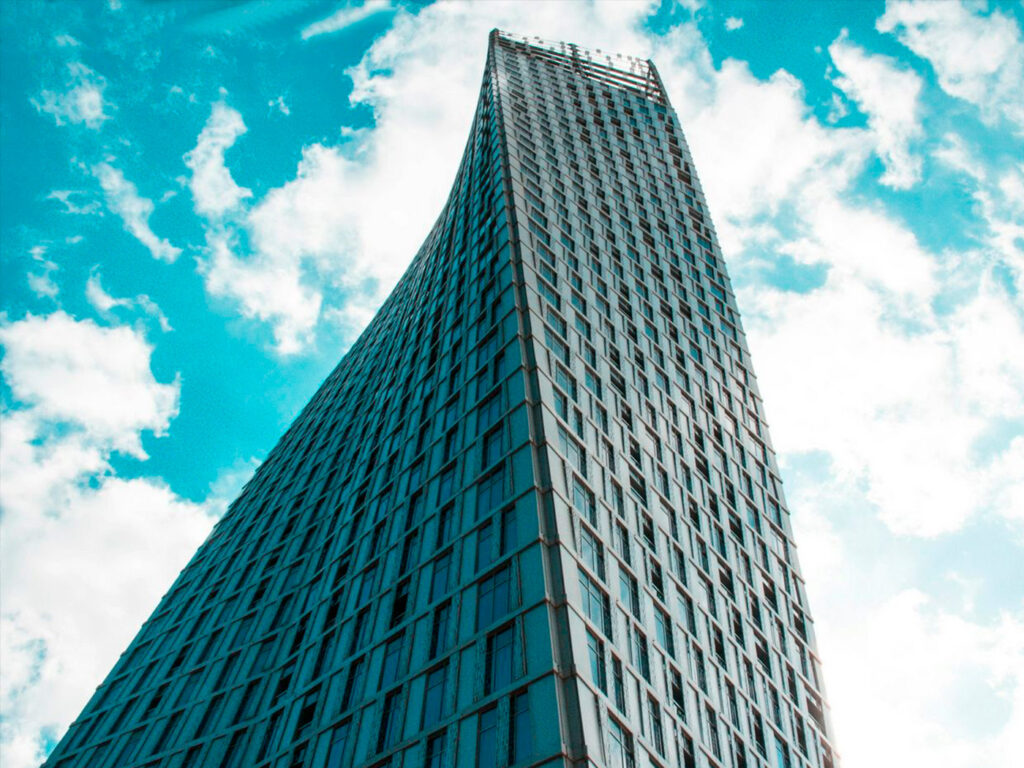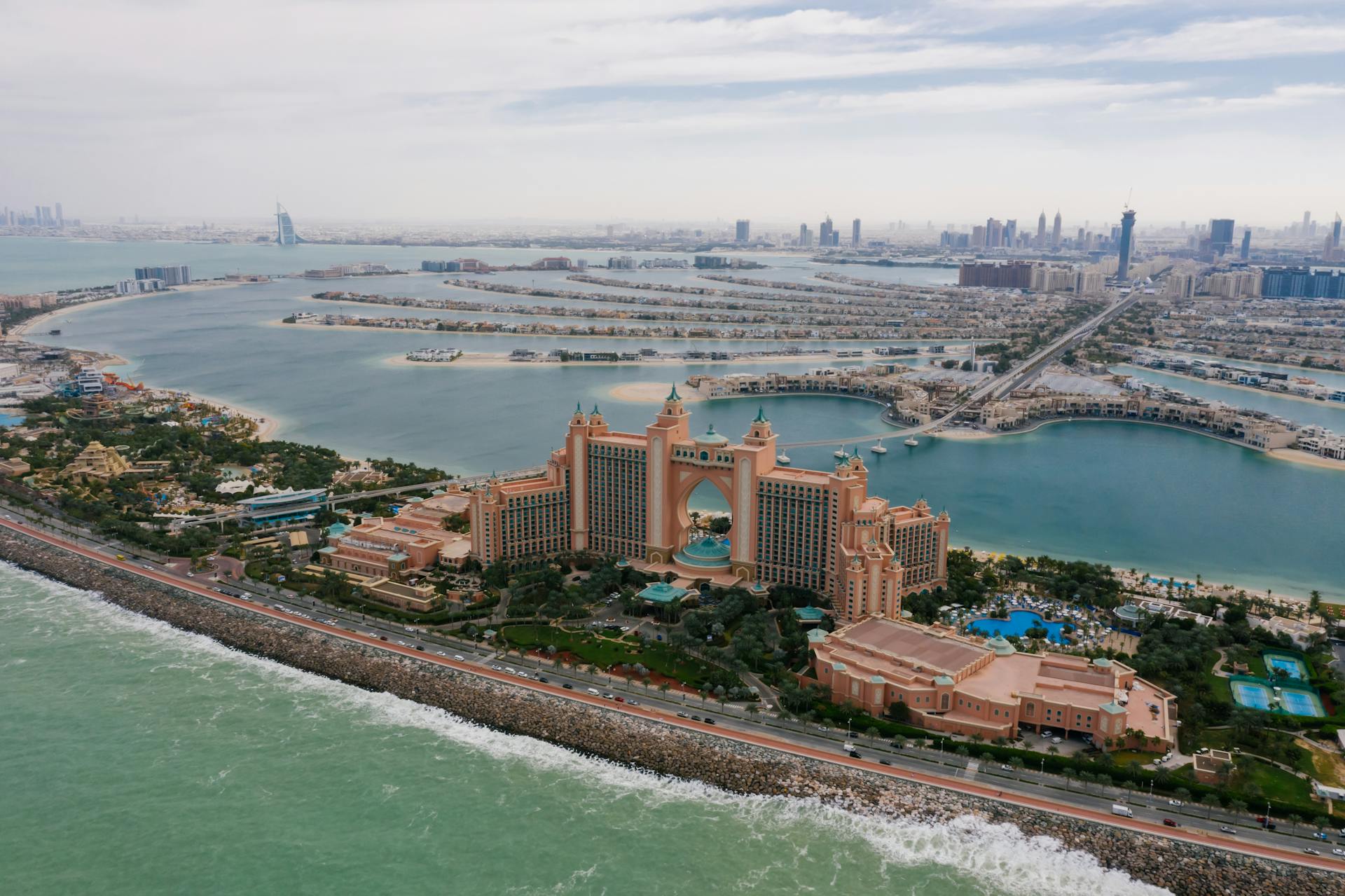Web design is constantly evolving. What looked modern last year may feel outdated today. In this article, we explore the trends that will shape websites in the upcoming months.
1. Minimalist and Functional Design
Users value simplicity. Less is more:
- Soft color palettes
- Clean typography
- Minimal visual distractions

2. Interactive Animations
Microinteractions bring websites to life:
- Icons that react on hover
- Animated buttons
- Smooth scrolling effects
“When used properly, animation enhances user experience and increases on-site engagement.” — UX Designer
3. Light and Dark Modes
More websites now offer both light and dark themes. This isn’t just aesthetic—it’s also about visual comfort and accessibility.
4. Speed and Performance
Google rewards fast-loading websites. Key factors:
- Optimized images
- Clean, efficient code
- Limited plugin usage
5. Mobile-First Design
Designing for mobile first is no longer a suggestion—it’s a standard. Most web traffic comes from smartphones.
6. Accessibility Matters
Web accessibility is critical:
- Proper contrast between elements
- Keyboard navigation support
- Alt text for all images
Conclusion
Future web design puts the user first: fast, accessible, interactive, and adaptable. Investing in modern design is a strategic decision for any brand.
